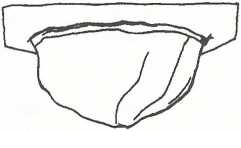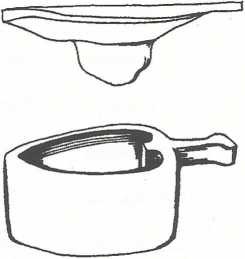Daśāpavitra
From Hindupedia, the Hindu Encyclopedia
By Swami Harshananda
Among the various yāgas or sacrifices, the Somayāgas were performed with the soma juice. The soma plant is type of creeper. that was crushed to extract its juice and then filtered. The strainer used was the daśāpavitra and the vessel into which the juice would get collected, the droṇakalaśa.
The daśāpavitra was made of the wool cut from a living ram. The color of the wool is white. The dimensions had to conform the directions given in the Śrautasutras.
References[edit]
- The Concise Encyclopedia of Hinduism, Swami Harshananda, Ram Krishna Math, Bangalore


